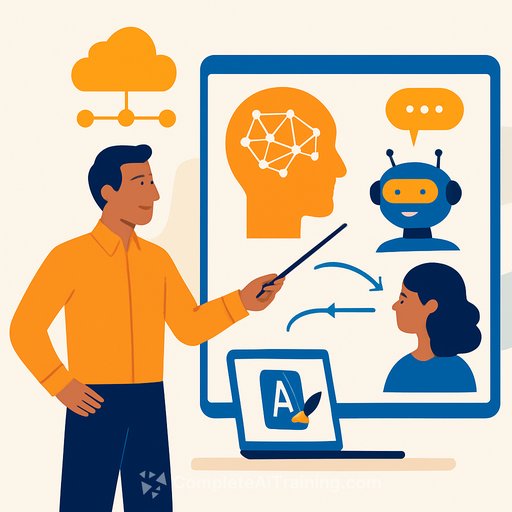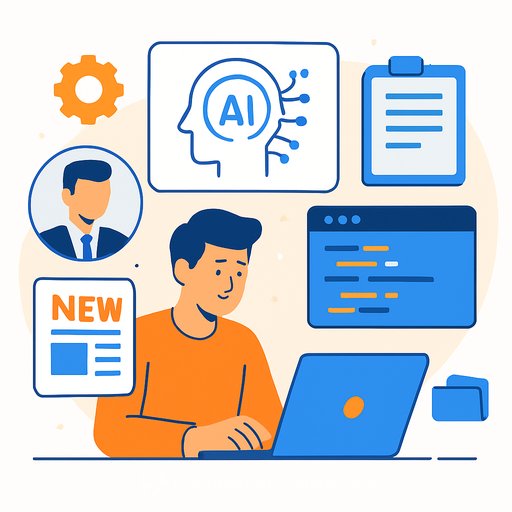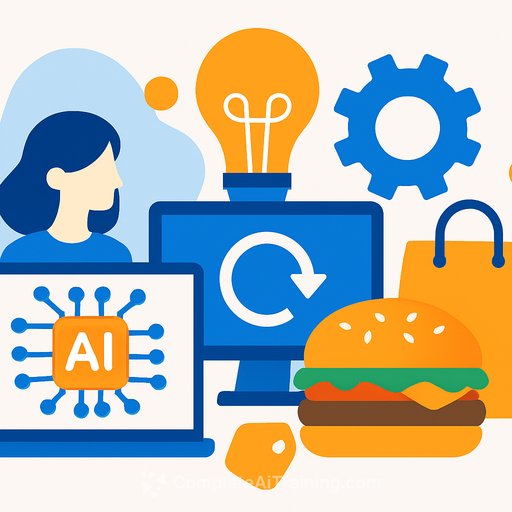Inside Cisco's AI Canvas: Amit Barave on the Future of Webex
WebexOne 2025 in San Diego delivered plenty of noise and demos. The real question was simpler: is AI actually helping people work better? In a conversation with Amit Barave, VP of Product Management for Webex by Cisco, the focus snapped into place-less flash, more outcomes.
The business challenges behind the tech
Most companies aren't short on tools. They're short on time and visibility. IT teams juggle fragmented systems. Employees miss details in meetings. Leaders struggle to connect people, process, and technology into something useful.
That is the context for Cisco's push on "Connected Intelligence." As Barave put it, "Connected Intelligence isn't about replacing people but amplifying them. Imagine tens, even hundreds, of AI agents working in the background, invisible but essential."
What's new: AI Canvas, AI Assistant, and automation that actually helps
- AI Assistant & AI Canvas: Admins get cross-domain troubleshooting and management, not just Webex silos. Fewer blind spots. Fewer tickets. Better user experience.
- AI Tasks, Scheduler & Workflow Automation: Built for the "I wish I had…" moments-real-time note-taking, nudging follow-ups, polling teammates without breaking flow.
- Security everywhere: "The future isn't just about faster AI-it's about safer AI." Security is treated as a default, not an add-on.
For teams already invested in Webex, these updates promise fewer context switches and smoother handoffs between people and AI agents. For those evaluating, the direction is clear: practical automation that reduces busywork.
Learn more about the Webex Suite at webex.com. For Cisco's approach to privacy and trust, see the Cisco Trust Center.
A human-centric AI vision
Barave's view is grounded: AI should capture ideas, remove friction, and support real work without getting in the way. Think brainstorming captured by a notetaker agent, tasks created automatically, and follow-ups sent without manual chasing.
"The big takeaway from even the keynote was this: Webex Suite is getting ready for the next evolution of the workforce, where people and AI agents work together," said Barave. It's less about showy demos and more about removing drag from everyday workflows.
Why it matters for enterprise leaders
The AI race isn't about the flashiest assistant. It's about solving business pain points and making humans and AI better partners. Cisco is betting that Webex can be that bridge.
- IT: Look for cross-domain visibility, policy consistency, and faster issue resolution-without adding new admin surfaces.
- Product & Engineering: Prioritize APIs, event hooks, and integration depth so AI output feeds real systems of record.
- Operations: Focus on measurable outcomes-meeting quality, action completion rates, time-to-follow-up, and reduced cycle time.
- Security & Compliance: Validate data boundaries, redaction, audit trails, and model governance from day one.
Practical evaluation checklist
- Does the AI reduce switching between tools during meetings and follow-ups?
- Can admins manage issues across domains, not just within one app?
- What safeguards protect meeting content, summaries, and action items?
- How well does it integrate with your calendar, chat, tickets, and docs?
- What adoption and outcome metrics are available out-of-the-box?
Barave's core message lands: AI should feel invisible and useful. When it works, people notice fewer steps-not more tools.
Next steps
- Pilot AI note-taking and task automation with a cross-functional team.
- Instrument adoption and impact metrics before broad rollout.
- Align security review early to avoid rework later.
If you're building team skills around practical AI workflows, explore AI upskilling by job role from Complete AI Training.
Your membership also unlocks:









